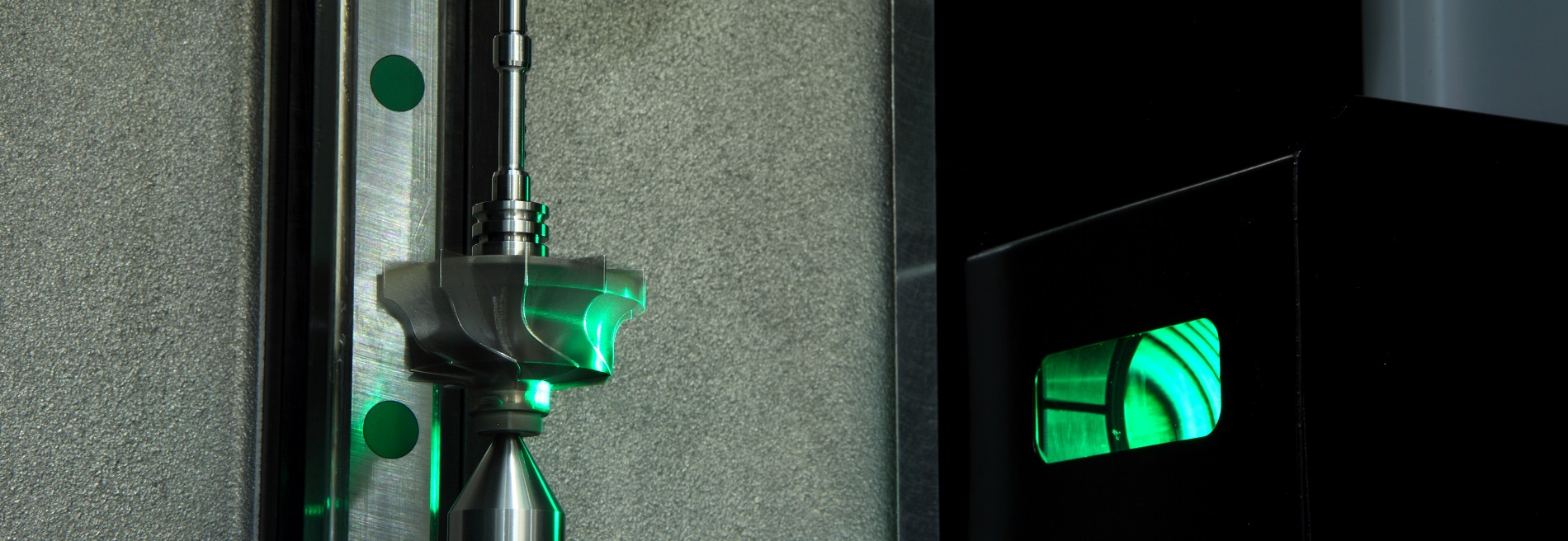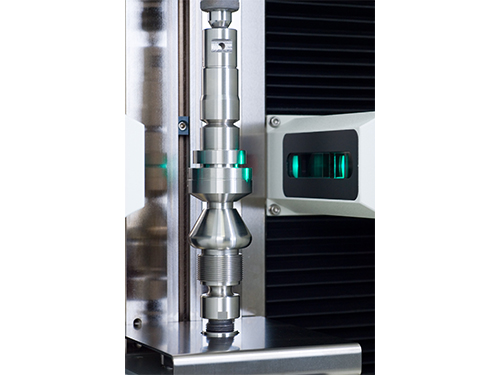The Duty of Optical Measurement Solutions ahead of time Width Methods
Optical measurement systems have actually changed width, bringing a level of accuracy that was when inconceivable. You might be amazed to find out exactly how these technologies, based upon fundamental concepts like reflection and disturbance, are used throughout different industries. Their non-contact abilities not just enhance precision yet also simplify processes. As you explore further, you'll find how these systems are shaping the future of dimension and quality control.
The Evolution of Metrology: A Historic Viewpoint
As you explore the background of assessment, you'll find that its evolution reflects humankind's pursuit for accuracy and standardization. From old worlds making use of body parts as units of dimension to the advancement of standard weights and procedures, each action shows our need for precision. The Egyptians constructed the pyramids utilizing exact dimensions, while the Romans progressed engineering with their sophisticated measuring devices.
Throughout the Renaissance, scientific developments shifted the focus towards more empirical techniques, leading the way for modern-day assessment. The introduction of the metric system in the late 18th century noted a substantial landmark, developing universal requirements. Throughout the 20th century, technical innovations even more transformed metrology, allowing extremely precise dimensions in various areas.
Today, width proceeds to evolve, incorporating digital technology and automation. This background highlights not simply the value of dimension however also our ruthless quest of boosting precision and consistency in our increasingly complicated globe.
Principles of Optical Dimension Systems
Comprehending the principles behind optical dimension systems is necessary for exact outcomes in metrology. You'll desire to consider fundamental optical principles, dimension accuracy variables, and efficient system calibration techniques. Each of these aspects plays an important function in guaranteeing your measurements are dependable and exact.
Essential Optical Concepts
While discovering optical dimension systems, you'll encounter fundamental optical principles that form the backbone of accurate information purchase. Light acts in foreseeable ways, and recognizing these actions-- like reflection, refraction, and diffraction-- is vital for effective dimensions. By understanding these concepts, you'll be furnished to utilize optical innovations effectively, paving the way for developments in assessment and guaranteeing your dimensions are both repeatable and reliable.
Measurement Precision Elements
To accomplish high measurement accuracy in optical systems, a number of variables enter into play, affecting the dependability of your results. The quality of the optical parts matters substantially. High-grade lenses and detectors minimize aberrations and sound, ensuring your dimensions are specific. Second, environmental problems like temperature level and humidity can impact measurements, so maintaining a stable setting is necessary. Third, the positioning of the optical system is essential; even minor misalignments can result in significant mistakes. Ultimately, the wavelength of light made use of effects the resolution and accuracy of your measurements. By attending to these elements, you can enhance the overall efficiency of your optical dimension systems, leading to even more dependable and exact results in your assessment applications.
System Calibration Strategies
Accomplishing high measurement precision is just part of the formula; appropriate system calibration methods are just as crucial in optical measurement systems. To assure your system delivers reputable outcomes, you must routinely calibrate it utilizing common recommendation products. Beginning by readjusting the optical elements, like lenses and mirrors, to lessen organized errors. Next off, utilize known measurements to confirm the system's outcome and make necessary modifications. It's also crucial to account for ecological factors-- temperature and moisture can affect measurements. Execute a regular calibration timetable to maintain consistency over time. Document all calibration procedures and results; this will certainly assist you track performance and attend to any drift in accuracy. With these methods, you'll boost the dependability of your optical measurement system.
Trick Technologies Behind Optical Dimension
Optical dimension systems rely upon a number of crucial technologies that improve precision and performance in width. One vital technology is interferometry, which utilizes the disturbance of light waves to determine little displacements and surface area irregularities with severe precision. You'll also discover laser scanning systems, which capture in-depth 3D information of things swiftly, making them important for dimensional analysis.
Additionally, CCD and CMOS sensing units play a significant role in converting light into electric signals, permitting high-resolution imaging and precise dimensions. Advanced algorithms for picture processing even more enhance measurement precision by assessing data in real time, straining noise and boosting functions.
Finally, fiber optics give adaptability and the capability to measure in challenging settings while preserving signal honesty. By leveraging these technologies, you can achieve superior lead to your metrology tasks, making sure that your measurements are both reputable and exact.
Applications of Optical Dimension in Industry
As industries progressively demand accuracy and effectiveness, the applications of optical dimension systems have actually become vital throughout different fields. In production, these systems aid you keep an eye on dimensions and resistances in real-time, ensuring top quality control without lengthy hands-on checks. In the auto market, optical dimensions aid in lining up components with accuracy, improving security and performance.
In electronic devices, you're using optical approaches to check min features on motherboard, spotting problems that might cause failings. The aerospace industry gain from non-destructive testing methods, allowing you to examine materials and components without endangering their integrity.
Optical dimension also plays a crucial function in fabrics, guaranteeing textile measurements satisfy precise requirements. optical measurement systems. With their ability to provide high-resolution data swiftly, these systems empower you to make educated choices, improve processes, and ultimately drive innovation throughout your market
Enhancing Accuracy and Effectiveness in Dimensions
When you think of boosting accuracy in dimensions, precision in your measurement strategies is important. By simplifying these processes, you can accomplish quicker outcomes without compromising top quality. Allow's check out how embracing sophisticated optical measurement systems can raise both accuracy and efficiency in your work.
Accuracy in Dimension Methods
Accuracy in dimension techniques is necessary for achieving reliable results in metrology, especially given that small discrepancies can lead to substantial errors. By making use of innovative optical measurement systems, you can boost the accuracy of your measurements. In addition, exact measurements permit you to maintain high quality control, guaranteeing that products meet strict specs.
Simplifying Measurement Processes
To boost accuracy and performance in measurements, simplifying your dimension processes is vital. Start by adopting optical measurement systems that offer real-time information, reducing the time invested in hand-operated recording. These systems commonly integrate flawlessly with existing software program, permitting you to automate information collection and evaluation.
Next, systematize your measurement methods. By applying regular treatments, you reduce irregularity and enhance repeatability. Don't forget to frequently calibrate your devices to ensure its accuracy.

The Effect of Optical Dimension on R & D
As scientists undertaking to press the limits of technology, optical measurement systems have actually come to be vital devices in the development procedure. These systems give you with specific, real-time information that improves your capacity to analyze complex products and structures. In numerous areas, from biotechnology to aerospace, you rely upon optical dimensions to enhance styles and enhance product efficiency.

With high-resolution imaging from this source and non-contact approaches, you can lessen sample disturbance, enabling for even more accurate results. This capacity to record minute information increases your R&D cycle, allowing you repeat styles quickly and successfully. Optical dimension fosters cooperation across self-controls, as the information created is often easily interpretable and shareable.
Ultimately, incorporating optical dimension systems right into your research study not only enhances performance but likewise grows your understanding of the phenomena you research study. By leveraging these sophisticated strategies, you're much better equipped to innovate and stay in advance in a competitive landscape.
Future Fads in Optical Dimension Solutions
With the fast innovation of innovation, you're most likely to see significant shifts in optical measurement systems that will certainly redefine their application throughout different industries. You'll notice an action toward raised automation and combination of expert system, permitting for real-time data analysis and enhanced accuracy. Miniaturization is one more pattern; portable gadgets will certainly allow dimensions in tighter areas, making them ideal for fields like aerospace and biomedical applications.
Anticipate to see systems that can run in difficult atmospheres, offering trustworthy dimensions in severe problems. As these technologies merge, you'll find that optical dimension systems not just boost accuracy however additionally enhance workflows, ultimately driving development and efficiency in your tasks.
Regularly Asked Inquiries
How Do Optical Measurement Solutions Contrast to Typical Measurement Techniques?
Optical measurement systems use higher precision and faster outcomes contrasted to standard strategies. You'll locate they catch more information factors properly, reducing human mistake and raising integrity, making them a favored option in different applications.
What Industries Benefit Most From Optical Dimension Solutions?
You'll find sectors like aerospace, automobile, and electronics profit most from optical measurement systems. These sectors count on exact measurements to assure high quality and performance, improving effectiveness and minimizing costs via address advanced technology.

Are Optical Measurement Systems Expensive to Carry Out?
Optical measurement systems can be expensive to implement, however their accuracy and effectiveness frequently justify the expense. Buying such innovation can lead to significant lasting financial savings and improvements in quality throughout different applications.
What Abilities Are Called For to Run Optical Measurement Solutions?
To run optical dimension systems, you'll require solid logical skills, focus to detail, and efficiency in software program devices. Experience with optics and an understanding of measurement principles will certainly additionally boost your performance and performance.
How Do Environmental Aspects Influence Optical Measurements?
Ecological factors like temperature, air, and moisture top quality can misshape optical dimensions. You'll see variations in accuracy due to light interference or refraction. optical measurement systems. Preserving stable conditions is important for accurate and reliable optical dimension results
Conclusion
In summary, optical measurement systems are changing width by providing unrivaled precision and performance. As you check out future fads, you'll see just how the assimilation of AI and automation will certainly continue to boost dimension practices, driving advancement and boosting top quality control.
Attaining high measurement precision is just check out this site part of the equation; proper system calibration strategies are just as essential in optical dimension systems.When you believe regarding enhancing accuracy in dimensions, accuracy in your dimension strategies is necessary. By making use of advanced optical dimension systems, you can improve the accuracy of your dimensions.To boost accuracy and efficiency in dimensions, enhancing your measurement procedures is vital. How Do Optical Measurement Solutions Compare to Standard Dimension Techniques?